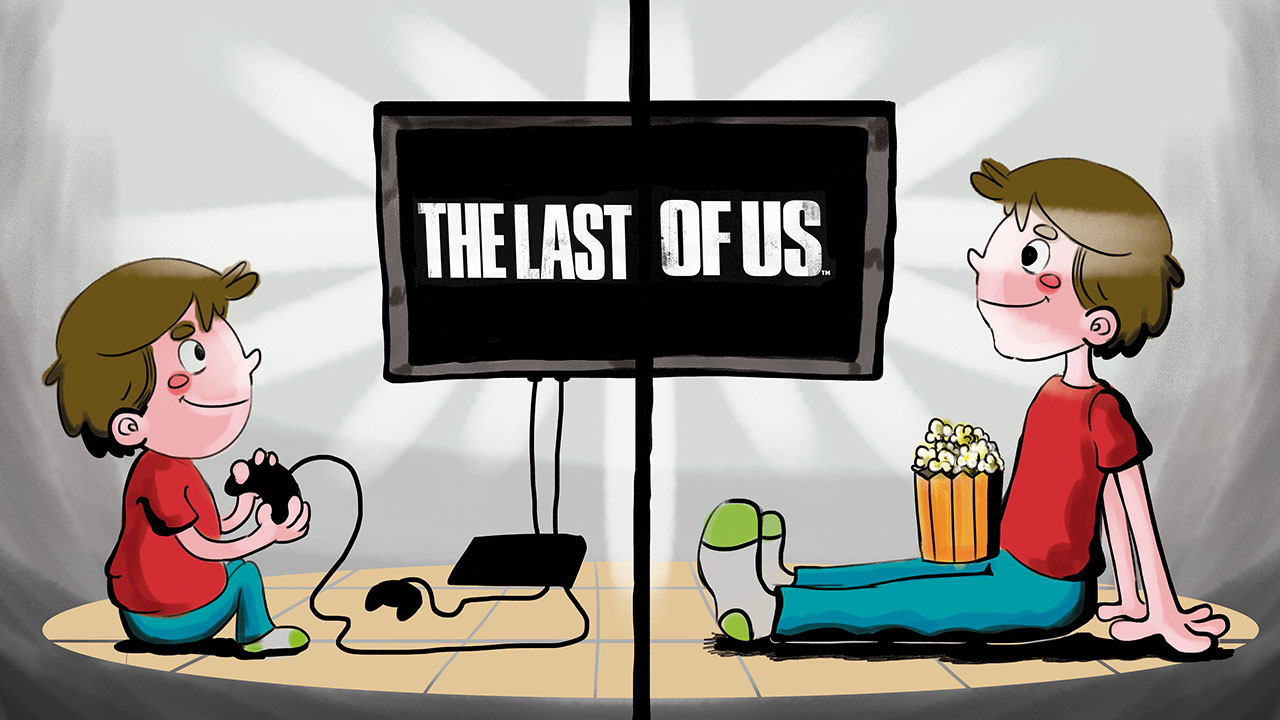Breaking the curse: The success of video game adaptations
 CREDIT: MAURICIO FRANCO
CREDIT: MAURICIO FRANCOHBO’s hit series The Last of Us has proven that video game adaptations can hold their own in the television industry
Video games and movies are two beloved entertainment mediums, not just things we see on a screen but a massive part of our childhood and daily lives. Some big-name franchises like Star Wars and Super Mario come to mind, just two examples of titles with strong dedicated fan bases.
In the past decade or so, movie and game studios have taken it upon themselves to get their hands on various projects to create their own spin on them. There were some adaptations like the Pokémon series that were successful for both films and games while others, like Prince of Persia: The Sands of Time completely bombed. It became so common for these types of games and movies to do badly that pop culture deemed many of these adaptations as a curse.
The phenomenon of the curse first came to light when a studio announced that they would be filming a live action movie based off of the characters and story from Super Mario in 1993. The movie was so universally hated by critics and fans alike, that many gamers lost hope in Hollywood’s ability to bring their favourite characters to the big screen.
In the hope of breaking the curse, studios began releasing titles under some of the more respected and renowned franchises in gaming history. Most notable releases were theatrical versions of Assassin’s Creed and Warcraft. Studios believed that through the power of Computer Generated Imagery (CGI), they had the power to wow their audiences, in addition to an original story, but unfortunately that didn’t cut it for the fans.
Video game theory professor, Robert Muhlbock, said there is more behind the motive of studios making these adaptations, as they never keep the interest of the fans in mind.
“I feel most video game movies don’t do well because studios want to have it both ways,” said Muhlbock. “They want to court the video game fans, but they also want to court a mainstream audience and they can’t have it both ways. And when they do that, they often make compromises that piss off gamers as they are your primary audience.”
But the landscape has changed in the past couple of years. In 2022 and 2023, productions companies HBO and Amazon released TV adaptations of the video game titles The Last of Us and Halo. To the shock of many, both series were well received amongst their fan bases and critics gave great reviews, especially to HBO’s The Last of Us.
The show was praised for its characters, story, score and visual effects. It was also nominated for multiple awards, including the Golden Globes and the Emmys.
As for the viewers, Muhlbock shared why he thinks both the general audience and fans of the video game loved the series.
“The Last of Us…broke the curse,” he said. “It was [partially] written by Neil Druckmann, who’s the creator of the bloody game, involved good actors, as well as respected the source material. So it was a prestige drama and then it showed that not only did gamers love it, but mainstream audiences too.”
Outside the world of television, things are also changing in the film world, as video game adaptations of popular movie franchises continue to thrive.
After a number of years and cancellations, the Star Wars: Jedi series was the first series to put Star Wars back on the forefront of single player AAA games. James Cameron’s Avatar universe was reintroduced to the gaming front with Avatar: Frontiers of Pandora, which also garnered positive reviews from critics.
Clearly, a lot has changed in 25 years. In the end, to say what adaptations from both mediums are good and bad is the audience’s opinion. And at least in recent years, audiences are getting on board.

















